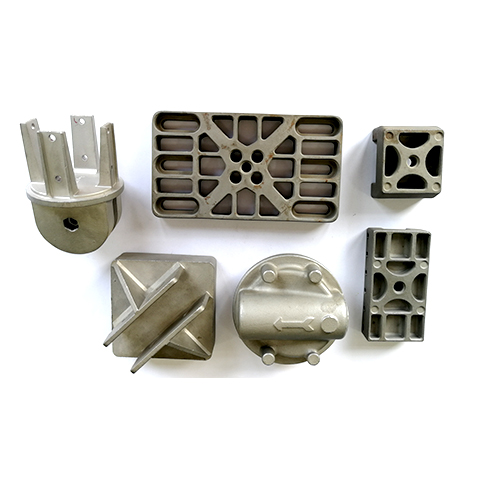Details of air contact surface treatment of stainless steel precision castings
Since stainless steel precision castings cool and solidify faster in metal molds than sand molds, and metal molds have no tolerance, when casting metal molds, the casting stress generated in the castings has a greater tendency to crack than sand mold castings. During use, Insufficient pouring and cold insulation are prone to occur.
The wall thickness of stainless steel castings should be uniform, and the requirements for transition and connection between walls should be alleviated. The product should be more rigid than sand castings. The equipment should change the vertically connected walls to inclined connections. The weaker parts of the structure, such as ribs and protrusions, should be strengthened. platform to effectively prevent cracks in its casting.
During use, protruding parts such as bosses, ribs, and flanges should be minimized, which hinder the free shrinkage of the casting. When stainless steel precision castings need to effectively arrange reinforced ribs, their impact on the shrinkage of the casting must also be considered during use. To prevent insufficient pouring of metal castings, pay attention to cold insulation.
The wall thickness of stainless steel castings must be appropriate, and the energy is too thin, especially when the outline size is large, the product must be effective. During use, large horizontal surfaces need to be avoided, because when the casting is poured, the molten metal will slowly rise. Castings The air contact surface is large and it is easy to oxidize. At the same time, because the metal dissipates heat quickly, the metal liquid will quickly lose fluidity, easily causing defects such as insufficient pouring, slag inclusion, and cold insulation.


